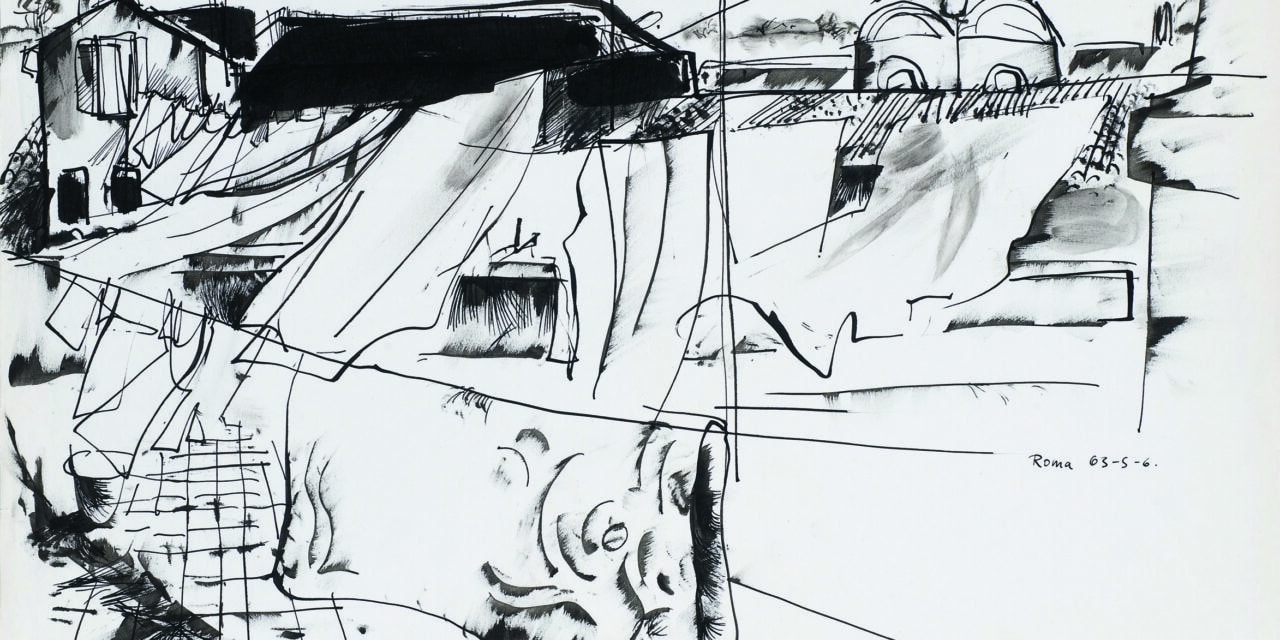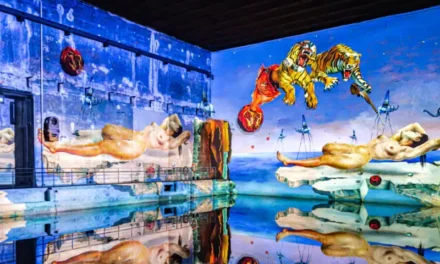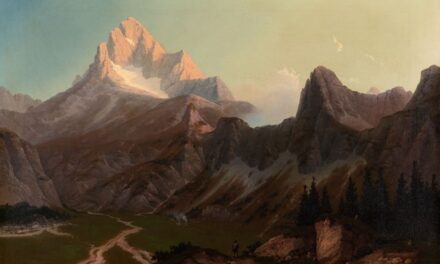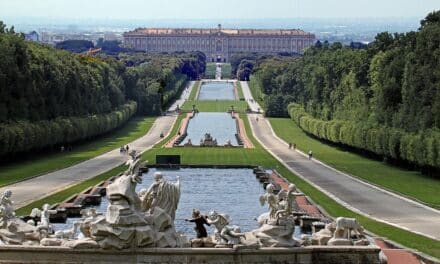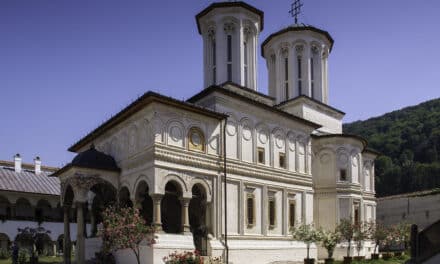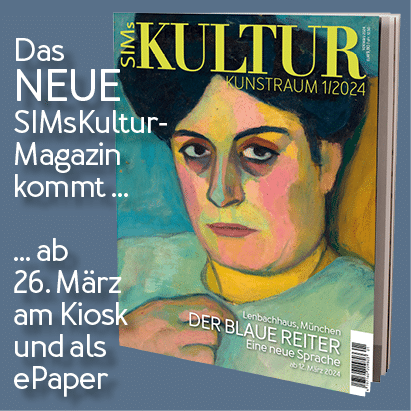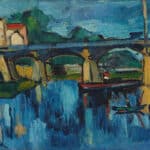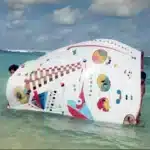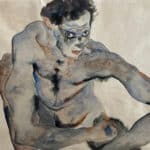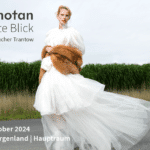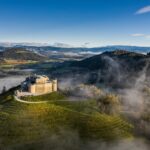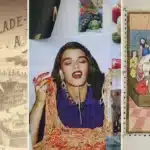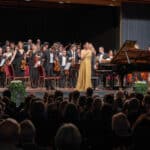The Kossuth and Munkácsy Prize-winning painter and graphic artist Ilona Keserü is one of the most important figures in contemporary Hungarian art. The Hungarian National Gallery is honoring the artist with an exhibition of her graphic work, which includes works on paper, drawings and prints.
The selection of works on paper spans a career of more than seven decades, from her early days as a student of Ferenc Martyn to her vibrant silkscreen prints and softly drawn ink drawings. Sixty-four selected works from the artist's Budapest studio are on display, including works that have never been shown to the public before.
Ilona Keserü's work is recognized and known not only in Hungary but also internationally, and after the numerous exhibitions organized abroad in recent years, her stature as an artist is also undisputed on the international art scene. The show organized by the Hungarian National Gallery presents the artist's graphic work, which spans seven decades but has been less discussed so far, through iconic works - produced with printmaking and individual drawing techniques - such as the early studies, the ink drawings made abroad, the works with gravestone motifs created in Balatonudvari in the late sixties, the afterimages from the eighties and nineties and her most recent prints Creature - Colour Leaps.
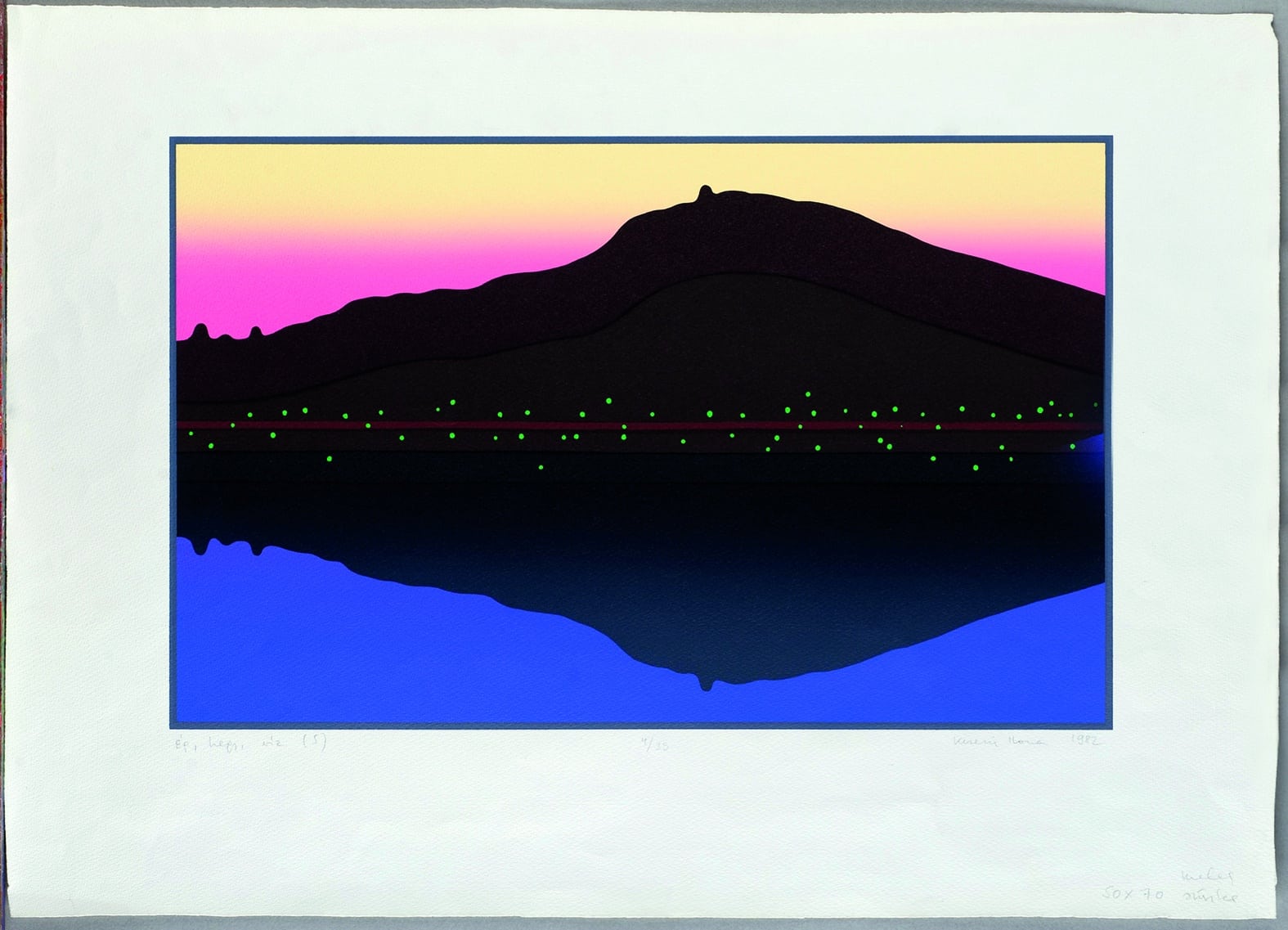
Sky, Mountain, Water © Ilona Keserü
Drawing as a primary experience accompanied Keserü throughout her youth. In addition to her school education, she had the opportunity to study with the painter Ferenc Martyn. In 1952, she enrolled at the Academy of Fine Arts, where she studied under László Bencze in the painting department. Three years later, she became a student of István Szőnyi and attended his fresco painting classes at the Epreskert Campus. Travel and "seeing the world" have always been an important part of her life: in the early 1960s, she undertook a private trip to Rome lasting several months, where she recorded her experiences in drawings rather than photographs. Capturing the visible world is still recognizable in her drawings made during her first stay in Rome, but since the 1960s she has gradually turned to abstraction.
until April 21, 2024

